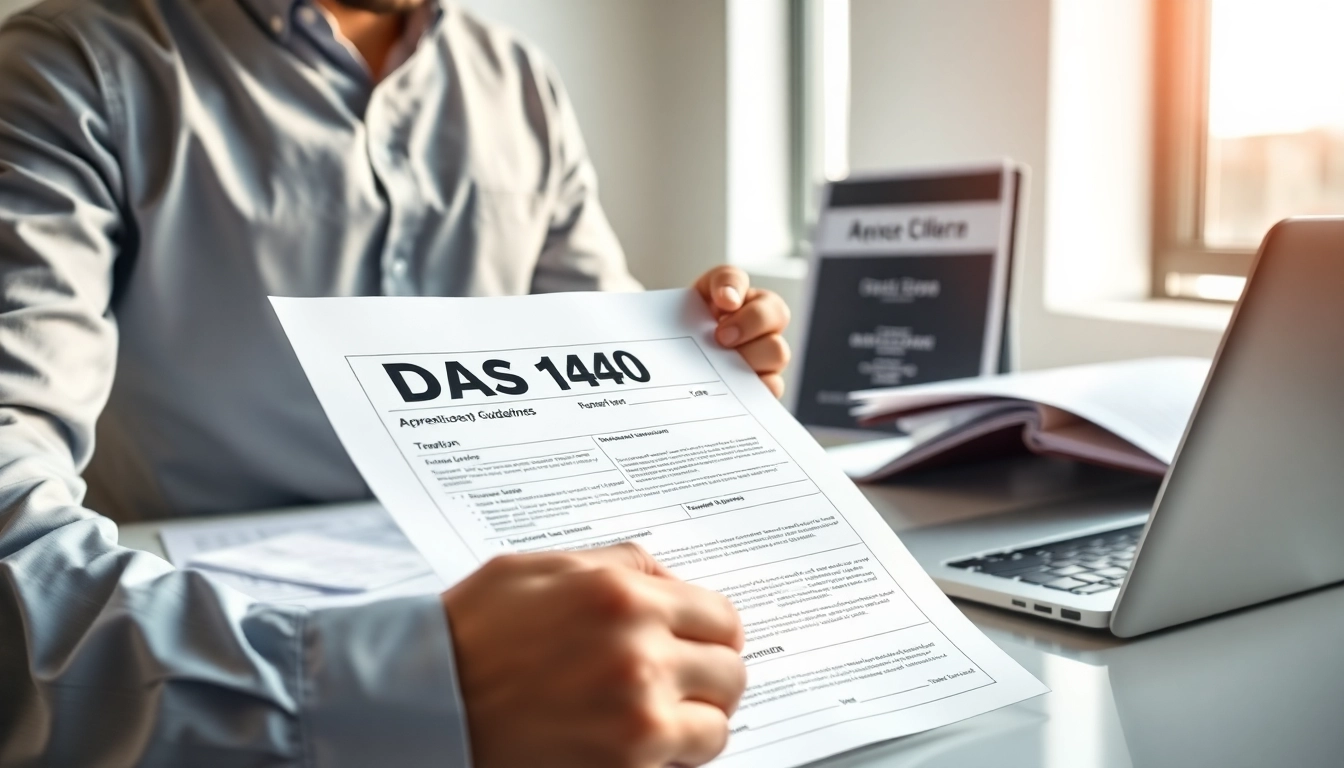Understanding Trademark Registration
In today’s competitive business landscape, protecting intellectual property is paramount. One of the most effective ways to safeguard your brand identity is through trademark registration in India and US. A trademark is not just a symbol; it serves as a crucial part of a company’s identity and can significantly impact its market presence.
What is a Trademark?
A trademark can be defined as a sign capable of distinguishing the goods or services of one enterprise from those of others. It can take various forms, including words, logos, slogans, or even shapes and sounds. The primary function of a trademark is to prevent confusion in the marketplace by allowing consumers to identify the source of products or services.
Importance of Registering Trademarks
Registering a trademark establishes a legal claim to the mark and enhances your ability to defend it against infringement. Trademark registration not only provides legal protection but also adds value to your business by building reputation and customer trust. Moreover, it grants the owner exclusive rights to use the trademark throughout the territory where it is registered.
Global vs. Local Registrations
While a trademark can be registered locally within a specific country, businesses looking to operate internationally should consider global registrations. Trademarks are territorial, meaning that a trademark registered in India does not automatically grant protection in the United States and vice versa. Understanding the implications of global versus local registration is key for businesses aiming for international growth.
Trademark Registration Process in India
Step-by-Step Guide to Registering in India
The trademark registration process in India is governed by the Trade Marks Act, 1999. The overall process can be broken down into several critical steps:
- Conduct a Trademark Search: Before filing an application, it’s important to perform a comprehensive search to ensure that your trademark is unique and not already in use.
- Application Filing: Submit a trademark application with the appropriate class that reflects your goods or services. This can be done online through the Trademark Registry’s official website.
- Examination: The trademark office reviews the application for compliance with regulations. If there are issues, the applicant will be notified and given a chance to respond.
- Publication: Once approved, the trademark is published in the Trademark Journal, allowing third parties to oppose the registration if they believe it conflicts with their existing rights.
- Registration: If there are no oppositions, or if the applicant successfully overcomes any objections, the trademark is registered, and a Registration Certificate is issued.
Key Legal Requirements and Documentation
To successfully register a trademark in India, you must provide several documents, including:
- The application form filled accurately.
- Copy of the trademark (logo, word, etc.) you wish to register.
- Proof of use, if applicable (like invoices or advertisements).
- Details of any prior registrations, if relevant.
Timeline and Costs Involved
The trademark registration process in India typically takes around 6 to 12 months from filing to registration, depending on various factors such as objections or oppositions. Cost-wise, the government fees for application filing may vary based on the type of applicant (individual, startup, or company) and the nature of the trademark (standard or expedited). Legal fees for hiring professionals can add to the overall cost.
Trademark Registration Process in the US
Filing Your Trademark in the United States
Registering a trademark in the US involves multiple steps that ensure proper legal protection under federal law, primarily through the United States Patent and Trademark Office (USPTO). The steps include:
- Trademark Search: A thorough search should be conducted to ensure that your desired trademark is available and not infringing on existing trademarks.
- Application Submission: Complete the application, providing sufficient detail about the trademark and the goods/services associated with it. Applications can be filed online via the USPTO’s Trademark Electronic Application System (TEAS).
- Examination by USPTO: An examining attorney reviews the application to ensure it complies with all legal requirements.
- Publication for Opposition: Once there are no issues, the trademark is published in the USPTO’s Official Gazette, enabling others to oppose the registration.
- Issuance of Registration: If no oppositions are filed or challenges resolved, the mark is registered, and a certificate is issued.
Maintaining Your Trademark Registration
Once registered, you have continued responsibilities to maintain the trademark. This includes filing specific documents, such as the Declaration of Use every five years and renewals every ten years to keep the trademark active. Failure to do so can lead to a cancellation of the trademark.
Common Challenges in the US Process
Challenges in registering a trademark in the US may include:
- Objections from the examining attorney based on prior registrations or improper usage.
- Opposition from third parties during the publication phase.
- Complexity of international considerations for companies operating in multiple countries.
However, these challenges can often be navigated with proper legal advice and preparation.
Comparing Trademark Laws: India vs. US
Legal Framework of Trademark Laws
Trademark laws in India and the US are quite different in their construction and application. In India, the Trade Marks Act, 1999 and succeeding regulations govern trademark registrations, while the US operates under the Lanham Act. Both frameworks aim to protect consumers and businesses, but enforcement mechanisms and legal nuances vary significantly.
Key Differences and Similarities
While both countries recognize the importance of trademark registration, notable differences arise in:
- The duration of protection: The US requires renewals every ten years, while India has a similar requirement but allows for a five-year timeline for a Declaration of Use.
- Application procedures and requirements also differ significantly, which can create confusion for international applicants.
- Opposition processes are more streamlined in the US, presenting fewer bureaucratic challenges for businesses seeking trademarks.
International Treaties Impacting Registrations
Both India and the US are signatories to various international treaties that enhance trademark protections across borders, including the Madrid Protocol. This treaty allows for a unified application process for registering trademarks in multiple countries, significantly simplifying the international trademark registration process for businesses.
Best Practices for Global Trademark Protection
Strategic Planning for Trademark Applications
Businesses should engage in strategic planning when considering trademark applications, especially if they intend to operate in multiple jurisdictions. Key factors to include in this planning are:
- Conducting comprehensive searches in all relevant jurisdictions.
- Understanding the specific legal requirements of each country.
- Preparing for potential opposition and ensuring robust legal support.
Utilizing the Madrid Protocol
The Madrid Protocol offers a streamlined process for trademark registration across member countries. Through a single application, businesses can register their trademarks in multiple countries, reducing both time and cost. Familiarity with this process can provide businesses with a significant competitive advantage in the global marketplace.
Case Studies: Success Stories in Trademark Registration
Examining successful trademark registrations provides valuable insights for businesses. For instance, global brands like Coca-Cola and Apple have navigated complex international trademark landscapes, successfully protecting their brand integrity and leveraging their trademark status to dominate their respective markets. These examples underscore the importance of diligent trademark management and the strategic use of both local and international registration processes.
Conclusion
The journey toward successful trademark registration in both India and the US requires careful navigation of the respective legal frameworks and mindful consideration of international protections. By understanding the nuances of each system, businesses can create robust strategies for protecting their intellectual property, securing their brand identity, and fostering growth in competitive markets. Ultimately, trademark registration is not only a legal formality but a critical component of building and sustaining a successful brand.



